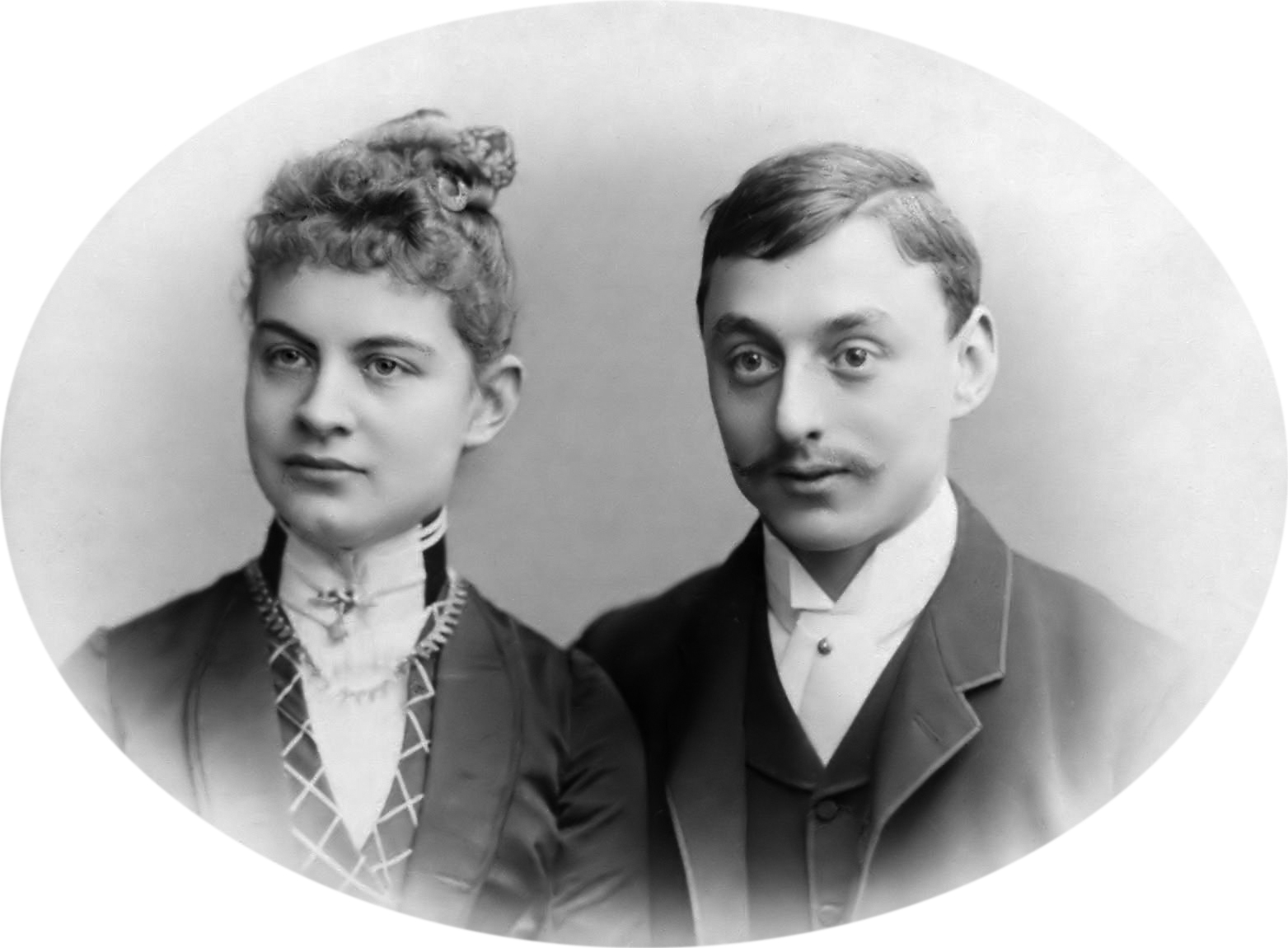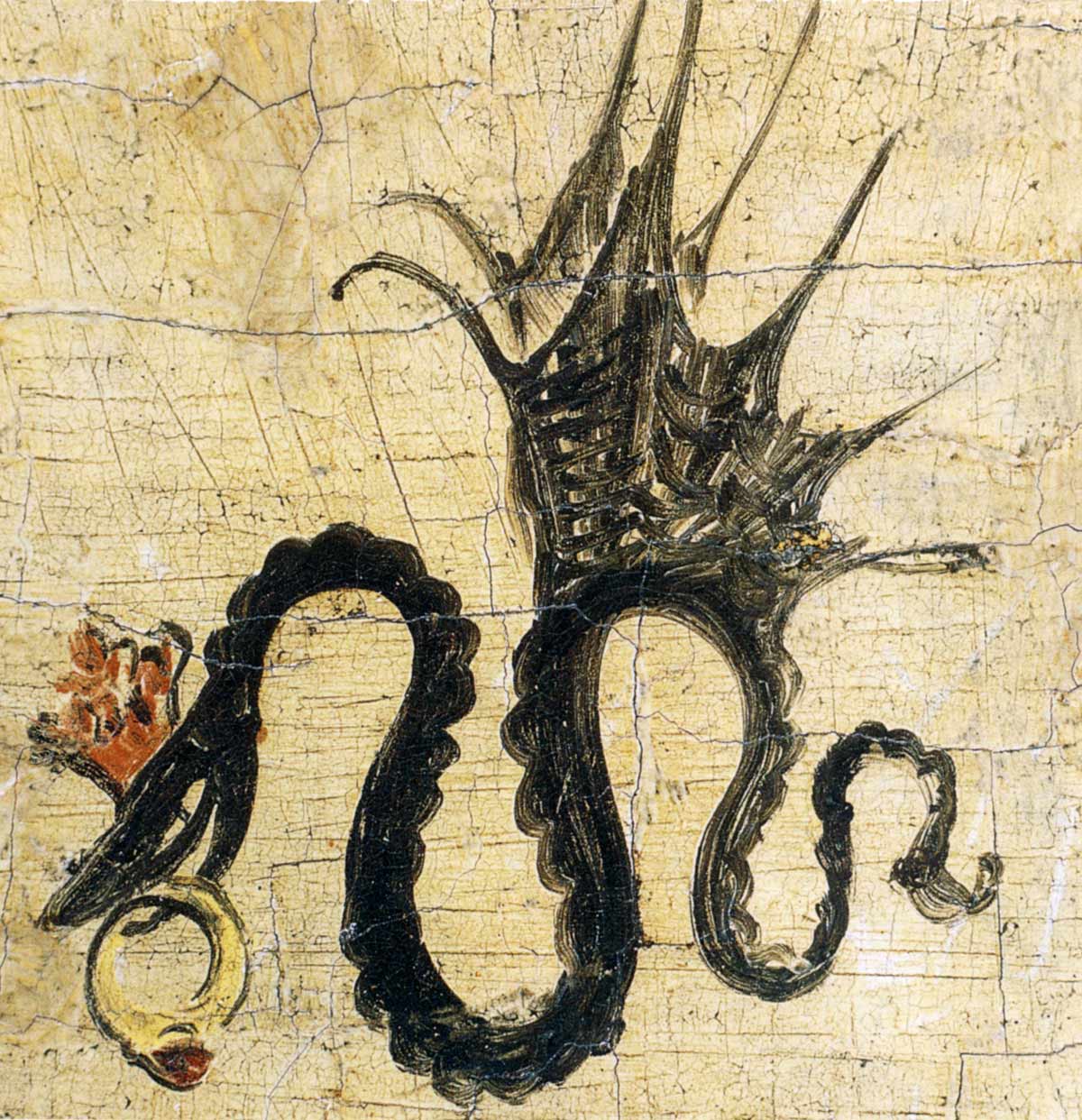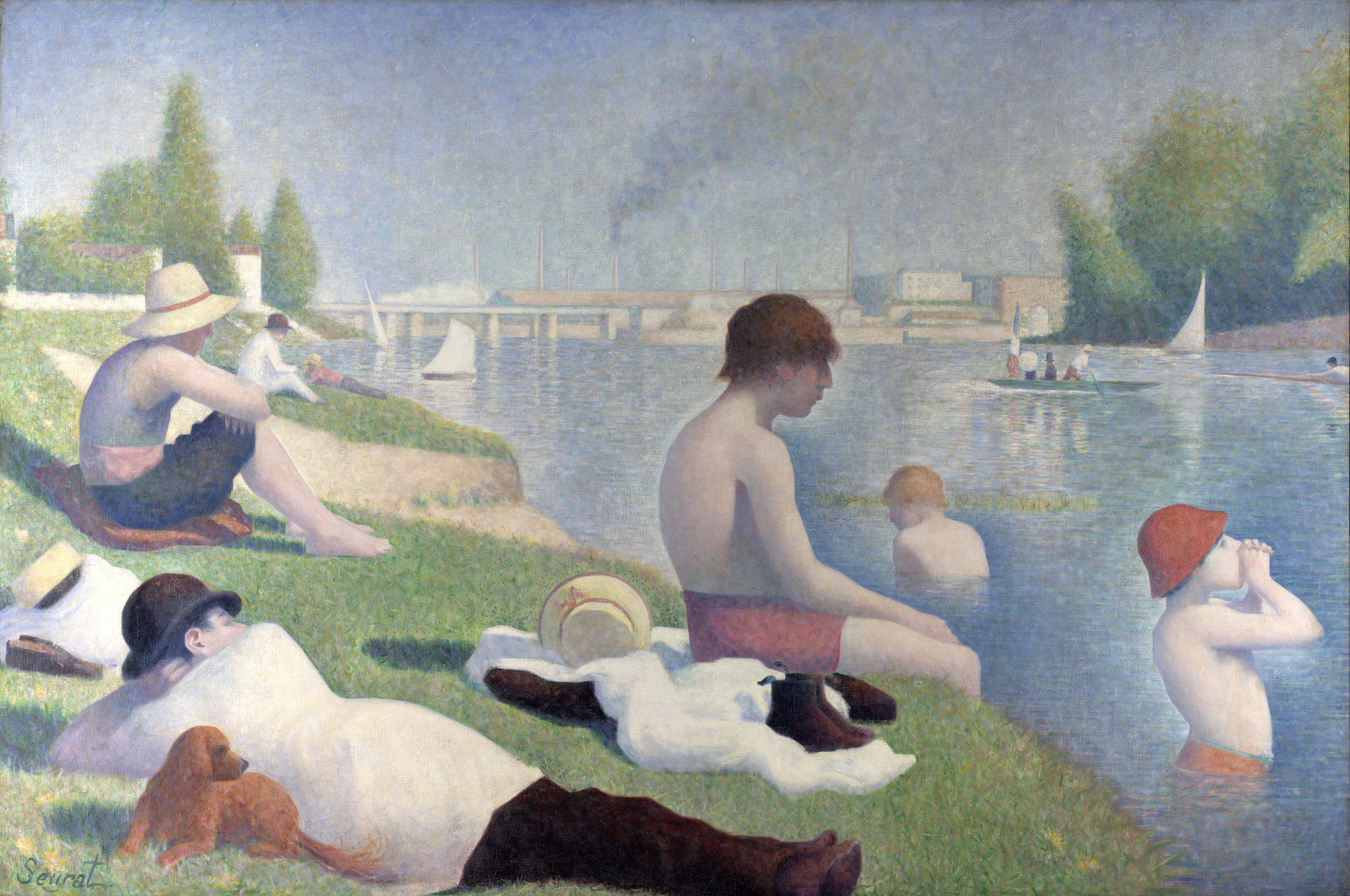|
Kröller-Müller Museum
The Kröller-Müller Museum () is a national art museum and sculpture garden, located in the Hoge Veluwe National Park in Otterlo in the Netherlands. The museum, founded by art collector Helene Kröller-Müller within the extensive grounds of her and her husband's former estate (now the national park), opened in 1938. It has the second-largest collection of paintings by Vincent van Gogh, after the Van Gogh Museum. The museum had 380,000 visitors in 2015. History The Kröller-Müller Museum was founded by Helene Kröller-Müller, an avid art collector who, being advised by H.P. Bremmer, was one of the first to recognize Vincent van Gogh's genius and collect his works. In 1935, she donated her whole collection to the state of the Netherlands. In 1938, the museum, which was designed by Henry van de Velde, opened to the public. The sculpture garden was added in 1961 and the new exhibition wing, designed by Wim Quist, opened in 1977. Collection The museum has a considerabl ... [...More Info...] [...Related Items...] OR: [Wikipedia] [Google] [Baidu] |
The Potato Eaters
''The Potato Eaters'' ( nl, De Aardappeleters) is an oil painting by Dutch artist Vincent van Gogh painted in April 1885 in Nuenen, Netherlands. It is in the Van Gogh Museum in Amsterdam. The original oil sketch of the painting is at the Kröller-Müller Museum in Otterlo, and he also made lithographs of the image, which are held in collections including the Museum of Modern Art in New York City. The painting is considered to be one of Van Gogh's masterpieces. Composition During March and the beginning of April 1885 van Gogh sketched studies for the painting, and corresponded with his brother Theo, who was not impressed with his current work nor the sketches Van Gogh sent him in Paris. He worked on the painting from 13 April until the beginning of May, when it was mostly done except for minor changes that he made with a small brush later the same year. Van Gogh said he wanted to depict peasants as they really were. He deliberately chose coarse and ugly models, thinking that th ... [...More Info...] [...Related Items...] OR: [Wikipedia] [Google] [Baidu] |
Otterlo
Otterlo is a village in the municipality of Ede of province of Gelderland in the Netherlands, in or near the Nationaal Park De Hoge Veluwe. The Kröller-Müller Museum, named after Helene Kröller-Müller, is situated nearby and has the world's second largest collection of Vincent van Gogh paintings. Otterlo was a separate municipality until 1818, when it merged with Ede. History Second World War During the first four years of the war, Otterlo was relatively unharmed. The local resistance made use of a secret telephone connection from an electrician's house, which in 2021 still stands at the dorpsstraat, behind barber Prophitius, to communicate with the allies below the river Rhine The Rhine ; french: Rhin ; nl, Rijn ; wa, Rén ; li, Rien; rm, label=Sursilvan, Rein, rm, label=Sutsilvan and Surmiran, Ragn, rm, label=Rumantsch Grischun, Vallader and Puter, Rain; it, Reno ; gsw, Rhi(n), including in Alsatian dialect, Al ... (1944/1945). During the war, multiple fam ... [...More Info...] [...Related Items...] OR: [Wikipedia] [Google] [Baidu] |
Café Terrace At Night
''Café Terrace at Night'' is an 1888 oil painting by the Dutch artist Vincent van Gogh. It is also known as ''The Cafe Terrace on the Place du Forum'', and, when first exhibited in 1891, was entitled ''Coffeehouse, in the evening'' (''Café, le soir''). Van Gogh painted ''Café Terrace at Night'' in Arles, France, in mid-September 1888. The painting is not signed, but described and mentioned by the artist in three letters. Visitors to the site can stand at the north eastern corner of the ''Place du Forum'', where the artist set up his easel. The site was refurbished in 1990 and 1991 to replicate van Gogh's painting. He looked south towards the artificially lit terrace of the popular coffee house, as well as into the enforced darkness of the ''rue du Palais'' which led up to a building structure (to the left, not pictured) and, beyond this structure, the tower of a former church which is now ''Musée Lapidaire''. Towards the right, Van Gogh indicated a lighted shop and some bran ... [...More Info...] [...Related Items...] OR: [Wikipedia] [Google] [Baidu] |
Pablo Picasso
Pablo Ruiz Picasso (25 October 1881 – 8 April 1973) was a Spanish painter, sculptor, printmaker, ceramicist and theatre designer who spent most of his adult life in France. One of the most influential artists of the 20th century, he is known for co-founding the Cubist movement, the invention of constructed sculpture, the co-invention of collage, and for the wide variety of styles that he helped develop and explore. Among his most famous works are the proto-Cubist '' Les Demoiselles d'Avignon'' (1907), and the anti-war painting '' Guernica'' (1937), a dramatic portrayal of the bombing of Guernica by German and Italian air forces during the Spanish Civil War. Picasso demonstrated extraordinary artistic talent in his early years, painting in a naturalistic manner through his childhood and adolescence. During the first decade of the 20th century, his style changed as he experimented with different theories, techniques, and ideas. After 1906, the Fauvist work of the sli ... [...More Info...] [...Related Items...] OR: [Wikipedia] [Google] [Baidu] |
William Degouve De Nuncques
William Degouve de Nuncques (also Nunques) was a Belgian painter, born 28 February 1867 and died 1 March 1935. He was associated with the symbolist movement although he is occasionally referred to as a postimpressionist. He is best known for his nocturnal landscapes, inundated with strange atmosphere and at times visionary subjects. He continued to paint compelling landscapes into the early decades of the 20th century but the overt symbolist qualities slowly dissipated from his work after 1900.Delevoy, Robert L. (1978) Symbolists and Symbolism. Skira/Rizzoli International Publications, Inc., New York, 292 pp. Life He was born at Monthermé, the Ardennes, France, of an old aristocratic family, After the Franco-Prussian war (1870–71), his parents settled in Belgium. Art historian Robert Delevoy wrote that he inherited a strong personality and a passion for spirituality from his father, "and when still young he showed a tendency to indulge in spleen, reverie, and contemplation ... [...More Info...] [...Related Items...] OR: [Wikipedia] [Google] [Baidu] |
Juan Gris
José Victoriano González-Pérez (23 March 1887 – 11 May 1927), better known as Juan Gris (; ), was a Spanish painter born in Madrid who lived and worked in France for most of his active period. Closely connected to the innovative artistic genre Cubism, his works are among the movement's most distinctive. Life Gris was born in Madrid and later studied engineering at the Madrid School of Arts and Sciences. There, from 1902 to 1904, he contributed drawings to local periodicals. From 1904 to 1905, he studied painting with the academic artist José Moreno Carbonero. It was in 1905 that José Victoriano González adopted the more distinctive name Juan Gris. In 1909, Lucie Belin (1891–1942)—Gris' wife—gave birth to Georges Gonzalez-Gris (1909–2003), the artist's only child. The three lived at the Bateau-Lavoir, 13 Rue Ravignan, Paris, from 1909 to 1911. In 1912 Gris met Charlotte Augusta Fernande Herpin (1894–1983), also known as Josette. Late 1913 or early 1914 they li ... [...More Info...] [...Related Items...] OR: [Wikipedia] [Google] [Baidu] |
James Ensor
James Sidney Edouard, Baron Ensor (13 April 1860 – 19 November 1949) was a Belgium, Belgian Painting, painter and Printmaking, printmaker, an important influence on expressionism and surrealism who lived in Ostend for most of his life. He was associated with the artistic group Les XX. Biography Ensor's father, James Frederic Ensor, born in Brussels to English people, English parents, was a cultivated man who studied engineering in England and Germany. Ensor's mother, Maria Catherina Haegheman, was Belgian. Ensor himself lacked interest in academic study and left school at the age of fifteen to begin his artistic training with two local painters. From 1877 to 1880, he attended the Académie Royale des Beaux-Arts in Brussels, where one of his fellow students was Fernand Khnopff. Ensor first exhibited his work in 1881. From 1880 until 1917, he had his studio in the attic of his parents' house. His travels were very few: three brief trips to France and two to the Netherlands in th ... [...More Info...] [...Related Items...] OR: [Wikipedia] [Google] [Baidu] |
Lucas Cranach The Elder
Lucas Cranach the Elder (german: Lucas Cranach der Ältere ; – 16 October 1553) was a German Renaissance painter and printmaker in woodcut and engraving. He was court painter to the Electors of Saxony for most of his career, and is known for his portraits, both of German princes and those of the leaders of the Protestant Reformation, whose cause he embraced with enthusiasm. He was a close friend of Martin Luther. Cranach also painted religious subjects, first in the Catholic tradition, and later trying to find new ways of conveying Lutheran religious concerns in art. He continued throughout his career to paint nude subjects drawn from mythology and religion. Cranach had a large workshop and many of his works exist in different versions; his son Lucas Cranach the Younger and others continued to create versions of his father's works for decades after his death. He has been considered the most successful German artist of his time. Early life He was born at Kronach in upper ... [...More Info...] [...Related Items...] OR: [Wikipedia] [Google] [Baidu] |
Paul Gauguin
Eugène Henri Paul Gauguin (, ; ; 7 June 1848 – 8 May 1903) was a French Post-Impressionist artist. Unappreciated until after his death, Gauguin is now recognized for his experimental use of colour and Synthetist style that were distinct from Impressionism. Toward the end of his life, he spent ten years in French Polynesia. The paintings from this time depict people or landscapes from that region. His work was influential on the French avant-garde and many modern artists, such as Pablo Picasso and Henri Matisse, and he is well known for his relationship with Vincent and Theo van Gogh. Gauguin's art became popular after his death, partially from the efforts of dealer Ambroise Vollard, who organized exhibitions of his work late in his career and assisted in organizing two important posthumous exhibitions in Paris. Gauguin was an important figure in the Symbolist movement as a painter, sculptor, printmaker, ceramist, and writer. His expression of the inherent meaning of t ... [...More Info...] [...Related Items...] OR: [Wikipedia] [Google] [Baidu] |
Georges Braque
Georges Braque ( , ; 13 May 1882 – 31 August 1963) was a major 20th-century List of French artists, French painter, Collage, collagist, Drawing, draughtsman, printmaker and sculpture, sculptor. His most notable contributions were in his alliance with Fauvism from 1905, and the role he played in the development of Cubism. Braque's work between 1908 and 1912 is closely associated with that of his colleague Pablo Picasso. Their respective Cubist works were indistinguishable for many years, yet the quiet nature of Braque was partially eclipsed by the fame and notoriety of Picasso. Early life Georges Braque was born on 13 May 1882 in Argenteuil, Val-d'Oise. He grew up in Le Havre and trained to be a house painter and interior decorator, decorator like his father and grandfather. However, he also studied artistic painting during evenings at the École supérieure d'art et design Le Havre-Rouen, previously known as the École supérieure des Arts in Le Havre, from about 1897 to 189 ... [...More Info...] [...Related Items...] OR: [Wikipedia] [Google] [Baidu] |
Odilon Redon
Odilon Redon (born Bertrand Redon; ; 20 April 18406 July 1916) was a French symbolist painter, printmaker, draughtsman and pastellist. Early in his career, both before and after fighting in the Franco-Prussian War, he worked almost exclusively in charcoal and lithography, works referred to as ''noirs''. He started gaining recognition after his drawings were mentioned in the 1884 novel '' À rebours'' (''Against Nature'') by Joris-Karl Huysmans. During the 1890s he began working in pastel and oils, which quickly became his favourite medium, abandoning his previous style of ''noirs'' completely after 1900. He also developed a keen interest in Hindu and Buddhist religion and culture, which increasingly showed in his work. He is perhaps best known today for the "dreamlike" paintings created in the first decade of the 20th century, which were heavily inspired by Japanese art and which, while continuing to take inspiration from nature, heavily flirted with abstraction. His work is ... [...More Info...] [...Related Items...] OR: [Wikipedia] [Google] [Baidu] |
Georges-Pierre Seurat
Georges Pierre Seurat ( , , ; 2 December 1859 – 29 March 1891) was a French post-Impressionist artist. He devised the painting techniques known as chromoluminarism and pointillism and used conté crayon for drawings on paper with a rough surface. Seurat's artistic personality combined qualities that are usually thought of as opposed and incompatible: on the one hand, his extreme and delicate sensibility, on the other, a passion for logical abstraction and an almost mathematical precision of mind. His large-scale work '' A Sunday Afternoon on the Island of La Grande Jatte'' (1884–1886) altered the direction of modern art by initiating Neo-Impressionism, and is one of the icons of late 19th-century painting. Biography Family and education Seurat was born on 2 December 1859 in Paris, at 60 rue de Bondy (now rue René Boulanger). The Seurat family moved to 136 boulevard de Magenta (now 110 boulevard de Magenta) in 1862 or 1863. Seurat: p. 16 His father, Antoine Chrysostome ... [...More Info...] [...Related Items...] OR: [Wikipedia] [Google] [Baidu] |


.jpg)






